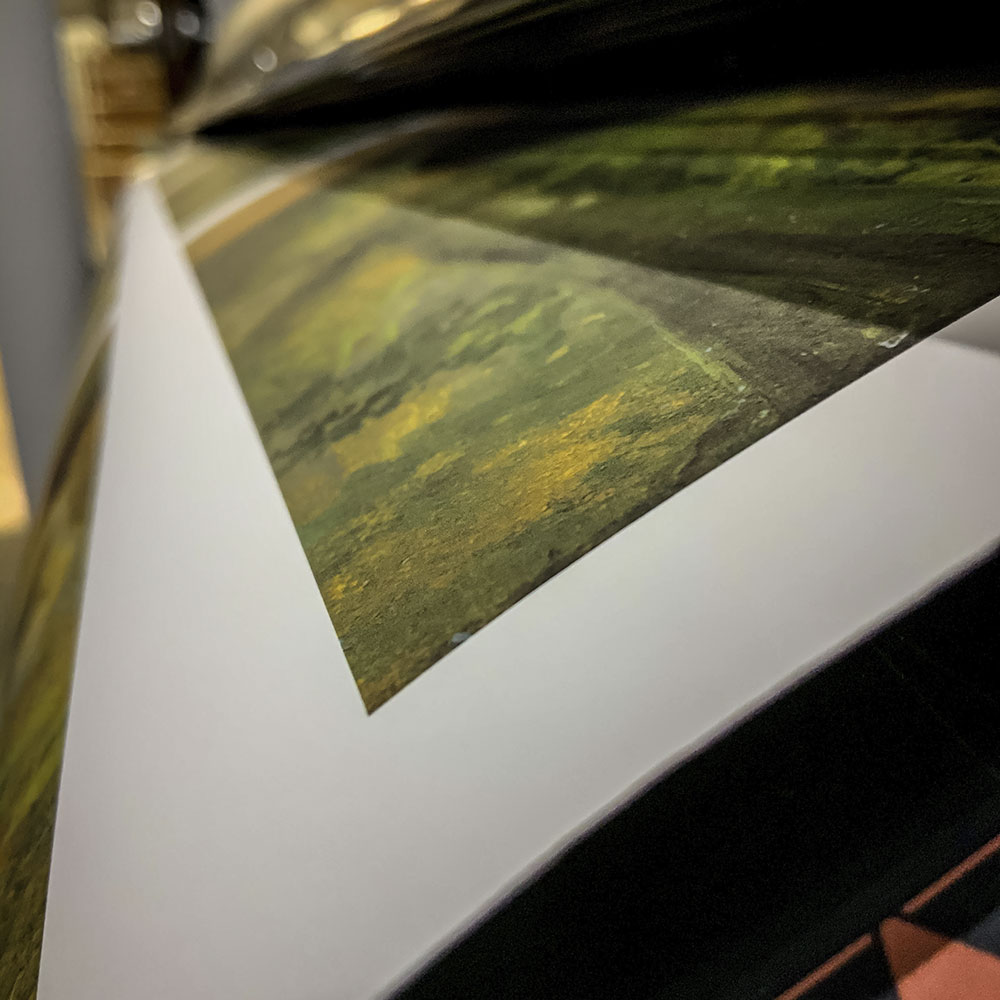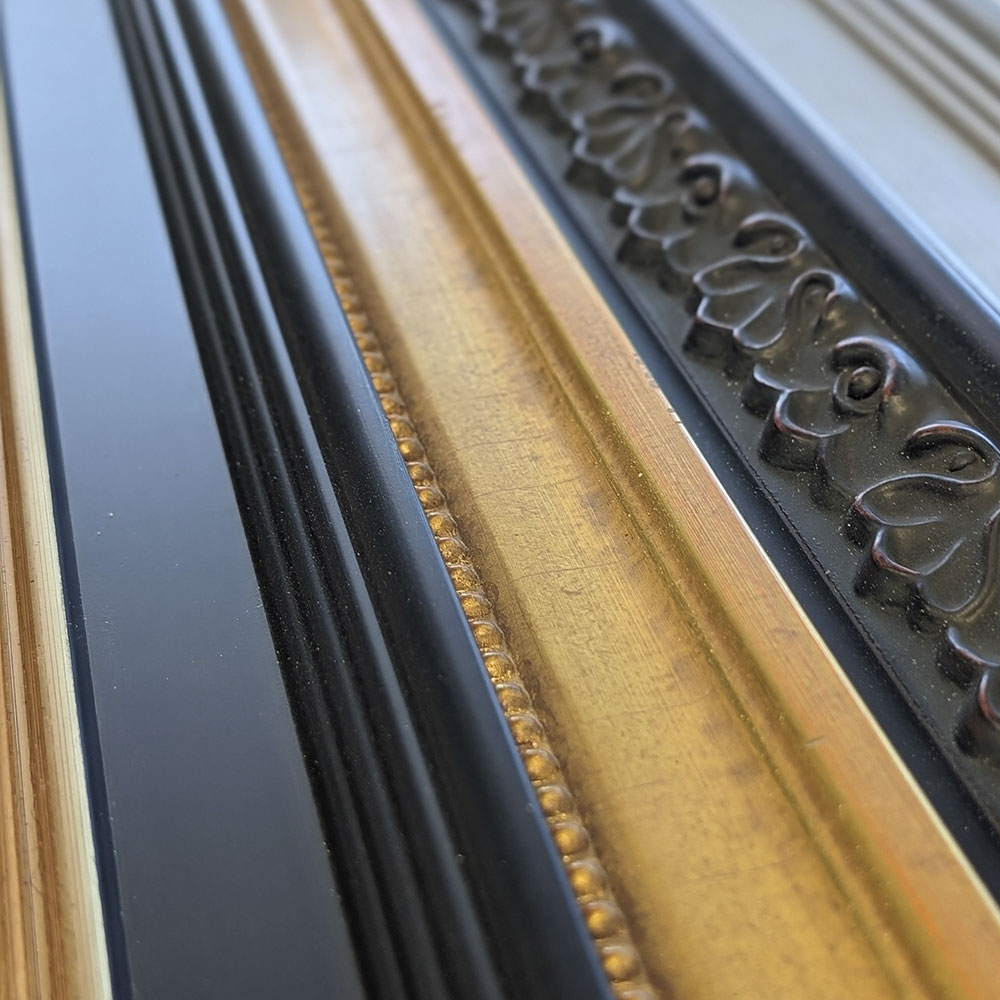In August 1841 Cole departed for his second trip abroad. His travels took him to England, Paris, through the Alps, then to Rome. In the summer of 1842 he visited Sicily, where he encountered the view that inspired this painting. Cole wrote of having painted a small view of the Temple of Segesta, and his 1844 description of the scenery in The Knickerbocker suggests that the N-YHS painting is in large part an accurate, unembellished view: "the broad slopes of an ample valley lie before the traveler, which though almost treeless, are waving with beans, and grain and grass. In the depth, is a river meandering among fragrant oleanders; on the left, the valley is intersected by a range of distant mountains; on the right is a beautiful bay of the Mediterranean. Across the valley the mountains form a green amphitheatre, and high in the its remotest part is seen the Temple of Segeste [sic]." The Temple, built in the late fifth century, is one of the best preserved in Magna Graecia. In keeping with Cole's description, it crowns a distant hill.


